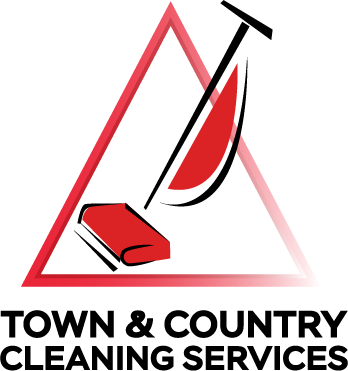Disinfecting a dorm room after a COVID case. We cleaned after the room had been empty for 3 days.
We clean several Greek houses on the campus of UNC-Chapel Hill. We recently received an emergency call after 2 of the residents of the same house (or inmates as we affectionately call them during quarantine periods) tested positive and they and their roommates all had to suddenly leave the common residence. So, early this morning, we dispatched two of our regular Greek house cleaners, one idled during another house’s 2-week quarantine period and another who routinely cleans this same house. Ensuring that they had plenty of PPE (including our provided KN-95 masks) and sufficient cleaning and disinfecting solutions, I met with them to perform some before and after testing.
To the credit of the house, they opened a window in each of the two rooms. This helped increase air exchange and to diminish any lingering microdroplets (with their potential load of viral material) from normal sleeping and talking in the shared rooms.
We decided at the time of the phone call that although an ATP meter cannot detect viruses (or even bacteria for that matter) but it has been proven to indicate relative levels of cleanliness (organic load) before and after cleaning. This allowed us to have confidence that the (hard) surfaces we cleaned could be clean enough to allow effective disinfection. Of course, achieving disinfection also requires following label directions, properly applying it (after cleaning) at the designated strength for the requisite dwell time.
We could tell that one of the 2 shared bedrooms had been cleaned very well by the occupants. The sole high reading (and exceptionally so) we found (of 4 suspected and tested areas) was the handle (grip area) of the mini refrigerator at a high ‘1811’. A word about our meter (a Hygiena ATP): it assigns a “score” as part of its testing, a reflection of the organic load . ATP stands for adenosine triphosphate (an enzyme produced by all organic soils, living or dead). When mixed with the swab’s reagent, the ATP gives off a biofluorescence which is reflected as a number on the meter. Over ‘100’ in a home kitchen would be considered in need of cleaning, a professional testing kitchen would prefer a score no higher than ‘30’. We decided that scores of ‘30’ or below would indicate sufficient cleaning for good disinfecting action. The handle of the mini refrigerator dropped from ‘1811’ to ‘9’ after our cleaning! That result was well within our “comfort” zone. For this project, the cleaners used a Hydrogen Peroxide cleaner, although we have gotten similar numbers using just distilled or de-ionized water as our cleaning solution. An important component of our cleaning process is using a medium to hospital-grade microfiber cloth. Scientific lab tests have shown a close correlation
In the second bedroom, the fridge handle area was again the “biggest loser” dropping from a significantly high ‘635’, with the light switch coming in at ‘92’. For some reason, possibly not turning the cloth to a fresh surface frequently enough, the first ‘after test on the fridge handle reduced only to ‘174’ and the light switch went from ‘92’ to ‘59’. After recleaning, they dropped to ‘6’ and ‘14’ respectively.
The cleaners finished by disinfecting the freshly cleaned hard surfaces with a low-odor pine quat, following label directions. (Our choice of disinfectant is always to use an EPA-approved one – they indicate approval for those who have clearly passed the test for tougher-to-kill varieties of the corona virus even while it was not possible to test specifically for the Sars-2 Covid-19-causing virus.) Following our process, the house intends to lock the rooms and keep them closed for two weeks. All the authorities seem to agree that keeping a space unoccupied for 7-10 days obviates the need to disinfect. By the way, if one is considering fogging or spraying as a method to fight Covid-19, be aware that most disinfectants and application methods are inactivated by the presence of organic soil – as such, cleaning is nearly always required ahead of such applications for successful disinfection.
